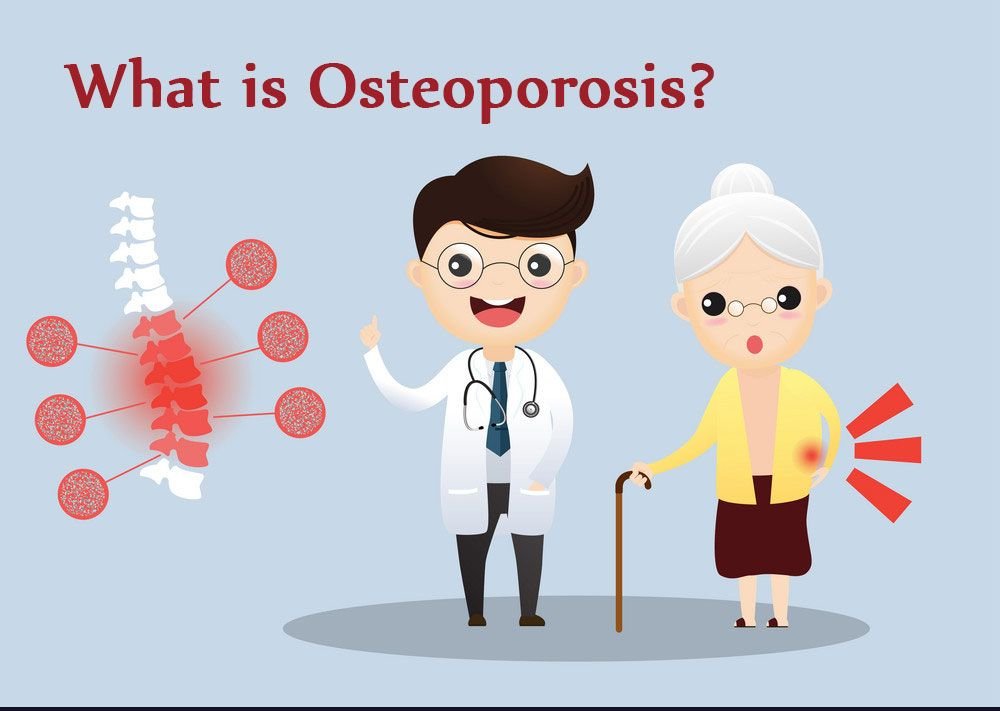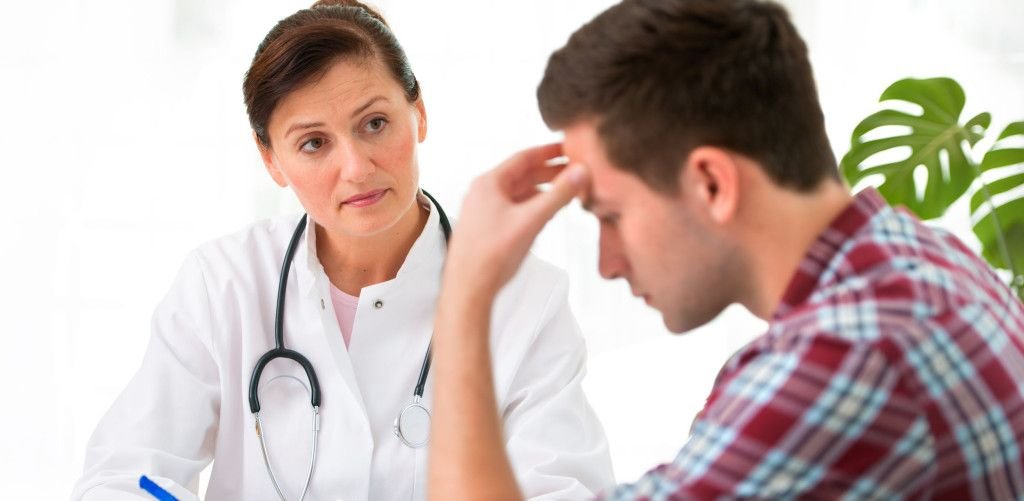Breast Cancer Overview
Are you a candidate for breast cancer? Here is a checklist of risk factors:
- High-fat diet
- Over-eating
- Alcohol consumption
- Exposure to radiation (x-rays)
- Taking birth control
- Long-term use of estrogen
- Fertility drugs
- Long-term exposure to pesticides and other chemicals
- Family history of breast cancer
- DES offspring
- Inactive lifestyle
- Heavy smoker
- Thirty years or older
- Fibrocystic disease
These are just some of the known risks of what can cause breast cancer in women. If a woman falls into any of the categories in the list above, there are ways that she can decrease her risk of developing breast cancer click here.
These changes would be long-term lifestyle changes. Sometimes these are not easy to make.
There is a self-exam that women can perform on themselves monthly to detect breast cancer. This test is described on another page of Trend Health
Early detection of it does not necessarily mean a natural cure, as some women think. If a woman detects a lump in her breast or under her arms or any other type of change, she should immediately contact her doctor.
The cells in the human body generally multiply in an orderly fashion. Sometimes, irregular cells begin to develop. They can mutate quickly or slowly, forming lumps, cysts, or tumors.
Not every lump, cyst, or tumor is malignant, but every change within the breast that a woman discovers should be investigated further by her doctor. These changes include the dimpling of the skin, discharge from the nipples, lumps that move or are stationary. You want to catch these abnormal cells before they metastasize and begin spreading into the lymphatic system.
If the cancer is detected and treated quickly, chances for recovery are greatly enhanced. But if cancer goes undetected, ignored, or is not treated, the woman will die.
About 1 in 7 women will develop breast cancer.
Any woman who falls into the risk category of developing it should do self-exams monthly, have mammograms yearly, and be examined by a doctor on a regular basis. You can also join the cancer fitness institute or do some breast cancer exercises.
What Are the Symptoms of Breast Cancer?
- Nipple discharge
- Dimpling on the skin of the breast
- Pain or aching in the breast
- Lumps felt during the self- exam
- Changes in the texture or the color of the skin of the breast
- Thickening of the area around the nipple
- Lumps under the armpits
- Inverted nipples
Once a change has been noted by the woman, and she has been examined by a doctor. He will order a mammogram. If, after the mammogram, there are still concerns about the changes, then a biopsy will be ordered. Biopsies and mammograms are explored further in this website.
Do your research. Get more than one opinion. Go to the library and also surf the internet for information about breast cancer. A new book out- Why I Wore Red Lipstick to My Mastectomy by Geralyn Lucas describes in vivid detail this 27-year-olds fight to survive breast cancer and is highly recommended.
On the Internet, Linda’s Journey- The Diary of a Breast Cancer Survivor stands to all to offer hope in the midst of fear and uncertainty.
If you have been diagnosed with breast cancer, we urge you to join a support group. For many women, the reality of possibly losing a breast can be devastating. You will be experiencing a full range of emotions as you grapple with the life-altering aspects that follow such a diagnosis. In a support group, you will find breast cancer survivors that will give you the chance to be able to explore your feelings and speak about your fears that they once shared.








[…] it comes to cancer, many individuals automatically think of lung cancer or breast cancer. Although lung cancer and breast cancer are the most commonly diagnosed types of cancer, they are […]